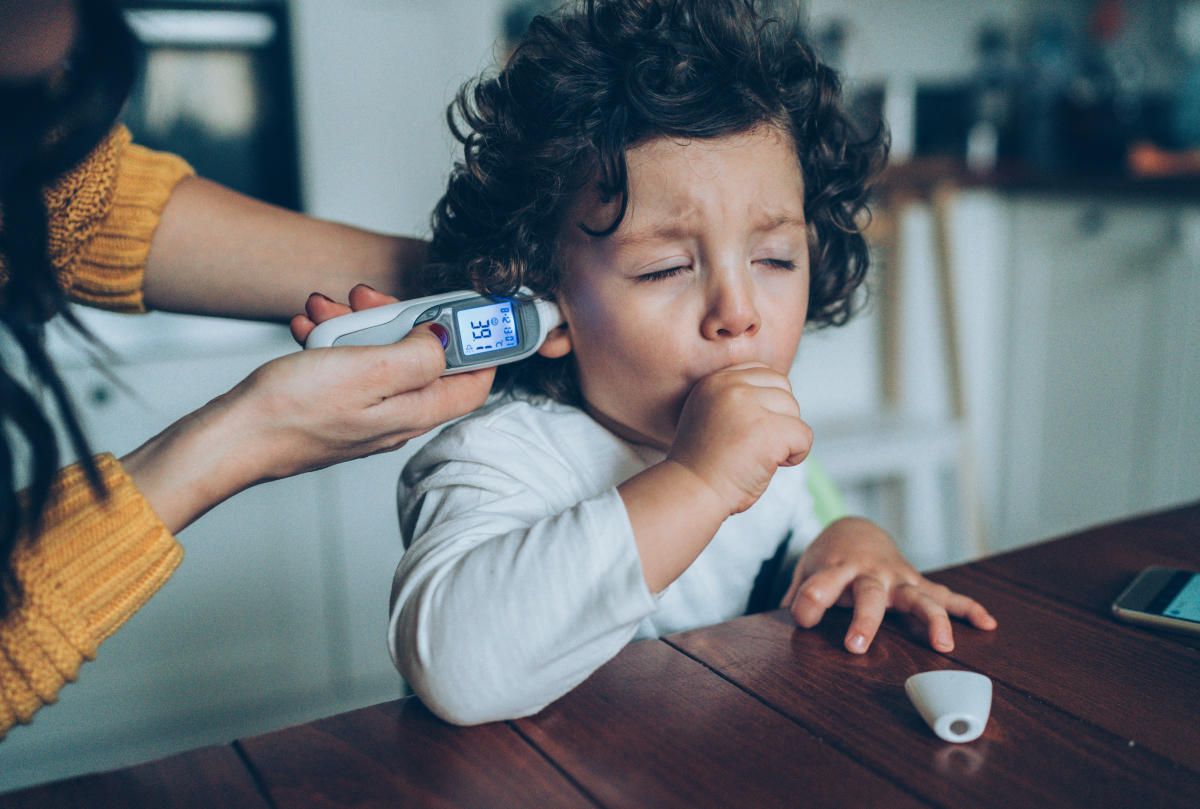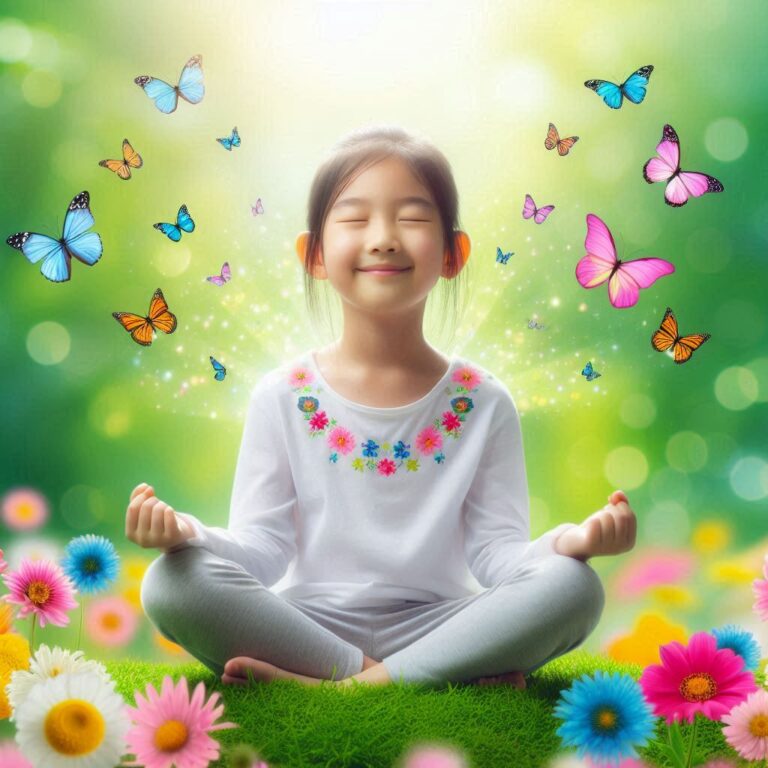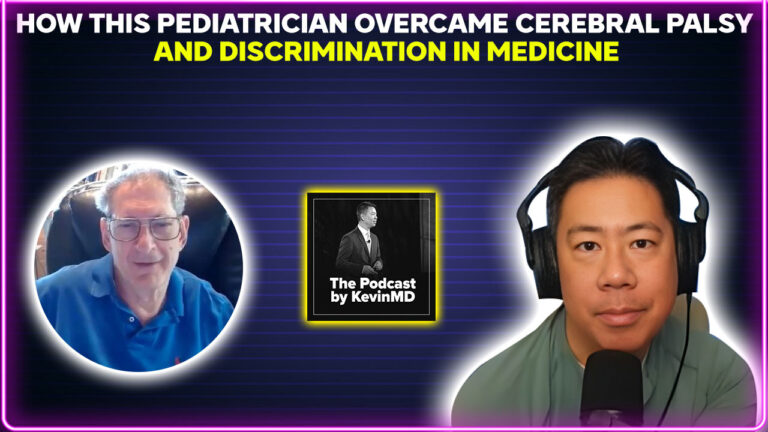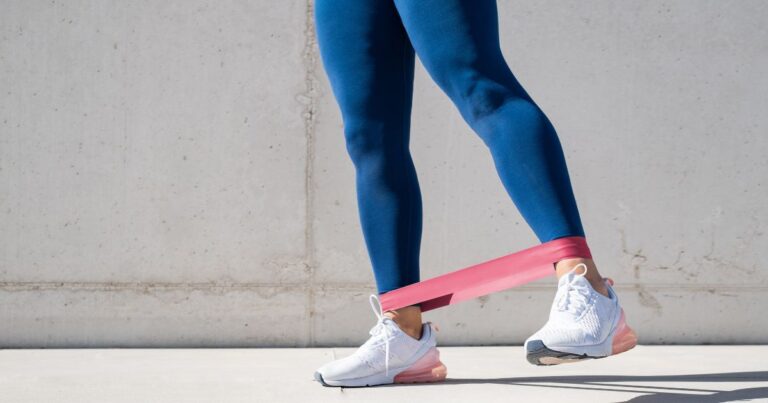RSV and Walking Pneumonia Rise in Young Children, CDC Warns
Growing Concerns: Increase in RSV and Walking Pneumonia in Kids
In recent times, health experts have been raising alarms about a concerning trend: the rise of Respiratory Syncytial Virus (RSV) and walking pneumonia cases in children. As parents and caregivers, it’s crucial to understand what this means, how to recognize symptoms, and what steps can be taken to protect our littlest ones.
What Are RSV and Walking Pneumonia?
Understanding RSV
So, what exactly is RSV? Good question! RSV is a common virus that primarily affects the respiratory tract, especially in children aged five and under. Typically, it doesn’t sound alarming, right? But here’s the kicker – it can lead to severe respiratory infections in infants and toddlers. Imagine RSV like a sneaky little bandit, causing respiratory issues that can play a real number on young ones.
Symptoms can include:
- Coughing
- Wheezing
- Difficulty breathing
- Rapid breathing
- Nasal congestion
It’s often more than just a common cold; in some cases, it could lead to bronchiolitis or pneumonia, particularly in vulnerable populations.
What About Walking Pneumonia?
Walking pneumonia, on the other hand, is a less severe type of pneumonia. Often caused by bacteria called Mycoplasma pneumoniae, it’s a little tricky because it tends to be diagnosed more in older children and young adults. Unlike more severe pneumonia, those affected by walking pneumonia can still function and might not feel sick enough to stay home from school. It’s like being knocked down but not out!
Common symptoms of walking pneumonia include:
- Persistent cough
- Mild fever
- Fatigue
- Chest pain
Why Are Cases on the Rise?
Now, let’s get to the root of the issue: why are RSV and walking pneumonia cases on the upswing? The Centers for Disease Control and Prevention (CDC) recently released data suggesting an alarming trend—let’s peel back some layers to find out what’s causing this spike.
Post-Pandemic Effects
The COVID-19 pandemic brought along various changes that significantly impacted children’s health. While mask-wearing and social distancing seem to have curbed a variety of illnesses during the pandemic, it also reduced the natural exposure children had to routine viruses like RSV. Think of it like a rollercoaster – kids rode up on protection during the pandemic, but as rides resumed without safety protocols, they fell headfirst into actions without being fully prepared.
Seasonal Patterns
Every year, RSV flares up during colder months, making this season an expected battleground. Additionally, with cold and flu season upon us, respiratory infections tend to peak, but kids’ immune systems might be weaker after a year of limited exposure to germs. Indeed, they’re like little sponges soaking everything in, and right now, they’re soaking up a lot of incoming illnesses!
Identifying Symptoms in Children
As a parent or caregiver, being able to spot the signs of RSV and walking pneumonia can be a game-changer.
RSV Symptoms to Watch For
Keep an eye out for:
- A runny or stuffy nose
- Decreased appetite
- Irritability
- Lethargy
- A high-pitched wheeze or grunting sounds while breathing
If you notice any of these symptoms, especially difficulty breathing or severe lethargy, it’s time to consult a healthcare professional.
Recognizing Walking Pneumonia
For walking pneumonia, monitor for:
- A cough that doesn’t seem to resolve
- A persistent headache
- A feeling of tiredness that doesn’t fade after a good night’s sleep
Unlike RSV, children with walking pneumonia don’t usually need to be hospitalized but should still be seen by a doctor to rule out any underlying issues.
Prevention Strategies
Now that we’re in the know, let’s talk prevention. How can we shield our kids from these respiratory villains?
Basic Hygiene Measures
- Frequent Handwashing: Encourage your kids to wash their hands with soap and water for at least 20 seconds, especially after coughing or sneezing. It’s a simple habit that works wonders!
- Covering Coughs and Sneezes: Teach your little ones to use a tissue or their elbow rather than their hands when sneezing or coughing — nobody likes sharing germs!
Vaccinations
As parents, staying updated on vaccinations helps protect children from various respiratory illnesses. While there’s no vaccine specifically for RSV yet, the flu vaccine plays a big role in reducing respiratory infections during flu season. If you haven’t already, consult your pediatrician about your child’s vaccination schedule.
Reducing Exposure
Limit exposure to second-hand smoke and avoid crowded places, especially during spike seasons. This is crucial for minimizing the risk, as crowded places are often breeding grounds for viruses.
What Should You Do if Your Child Gets Sick?
Okay, so despite our best prevention efforts, what if your kiddo falls ill?
Self-Care at Home
- Rest and Fluids: Ensure they get plenty of rest and stay hydrated. Sometimes, all our little ones need is a cozy blanket, some chicken soup, and a stack of their favorite books.
- Symptom Management: Over-the-counter medications can help alleviate symptoms, but always consult your doctor first.
Knowing When to Seek Help
If your child exhibits:
- Severe difficulty breathing
- Blue tint to the lips or face
- Uncontrollable coughing
- A high fever that doesn’t ease with medication
It’s time to rush them to the emergency room for immediate attention. Don’t hesitate; when in doubt, consult your healthcare provider.
Conclusion
As awareness rises regarding RSV and walking pneumonia in young children, it’s more critical than ever to keep an eye on our little ones. While we cannot shield them from every virus, knowledge is power—and keeping informed about symptoms, prevention, and treatment strategies will help us navigate this challenging time. Together, we can foster healthier environments for our children and face whatever respiratory dragons come our way.
Frequently Asked Questions (FAQs)
1. Can RSV be treated at home?
Yes, in mild cases, symptomatic treatments like rest, fluids, and over-the-counter medications can help. However, severe cases might require hospitalization.
2. Is walking pneumonia contagious?
Yes, walking pneumonia is contagious and can be spread via respiratory droplets just like a common cold or flu.
3. Are there any long-term effects of RSV?
While most children recover completely from RSV, some may experience recurrent wheezing or asthma-like symptoms later in life.
4. What’s the best way to prevent RSV?
Encouraging good hygiene practices, handwashing, and avoiding contact with sick individuals are effective ways to prevent RSV.
5. Is there a vaccine for RSV?
Currently, there is no approved vaccine for RSV, but research is ongoing to develop one. Meanwhile, getting the flu vaccine can help reduce respiratory infections in general.







